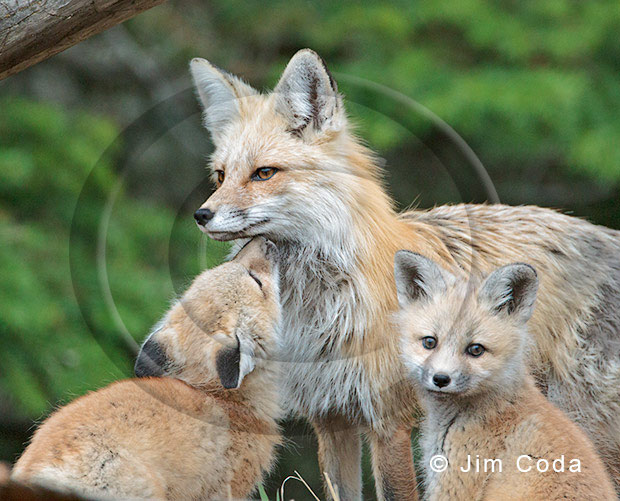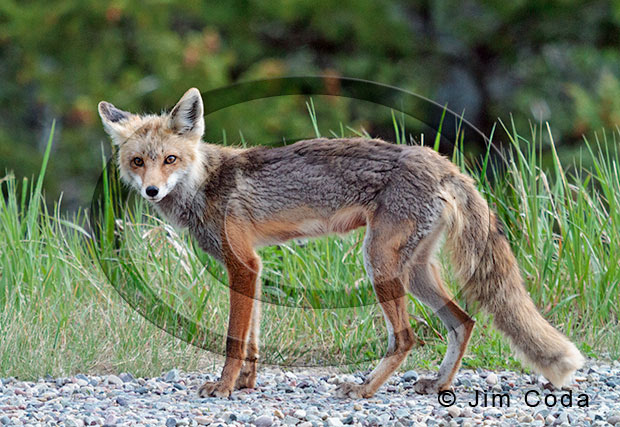Osprey, Yellowstone National Park

It’s hard to write a blog while visiting Yellowstone in the spring because there is light until 9:00 p.m. and it takes an hour to get back to Gardiner where I’m staying. Then there is dinner and downloading images. I’m writing this while my car gets an oil change.
When people visit Yellowstone they’re looking for mammals, especially bears and wolves and they large herbivores they prey on. But the park has a lot of interesting smaller animals, including birds. I found this osprey in the Gardner River Canyon. I’ve checked on four active nests in and around the park. No eggs have hatched yet. I haven’t seen any nests near the Gardner River.
Birthing among the mammals is well underway. I’ve seen a few baby pronghorn. Yesterday was the third day in a row that I’ve seen and photographed an elk calf in its first day of life. I stopped at the Mammoth Visitor Center yesterday and there was an elk calf being born right next to the building on the lawn. It stood up 45 minutes after being born. I’m looking forward to seeing my first bighorn lambs of the year.



